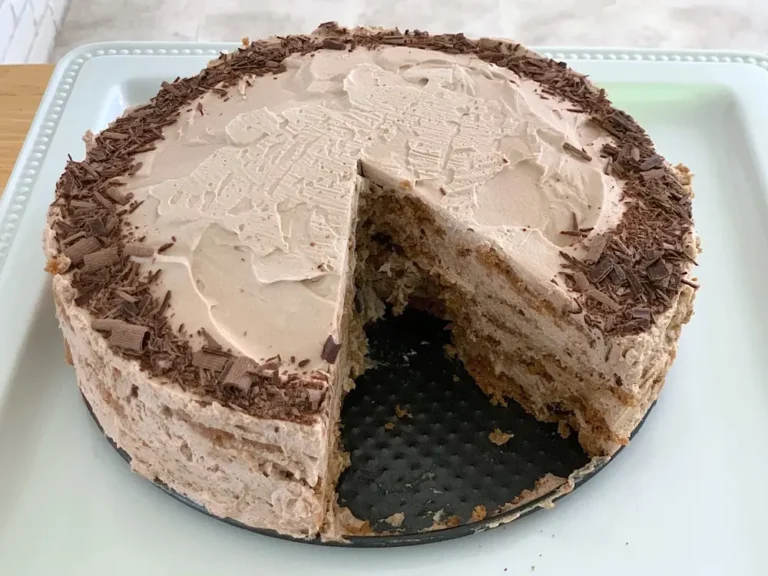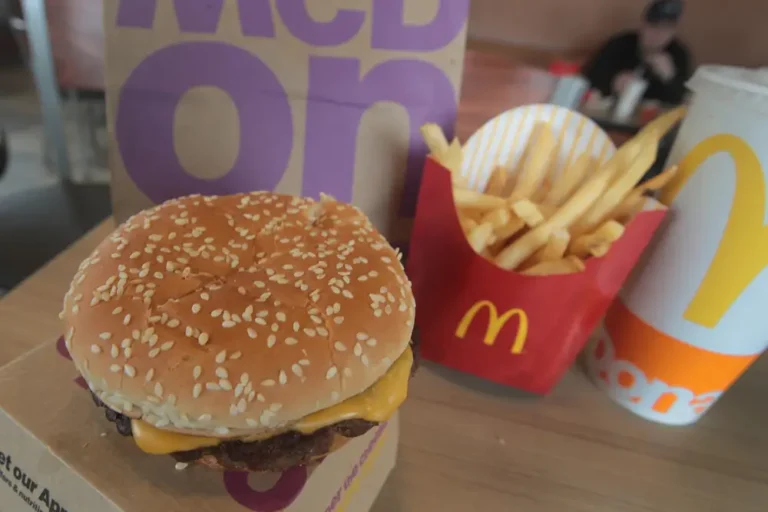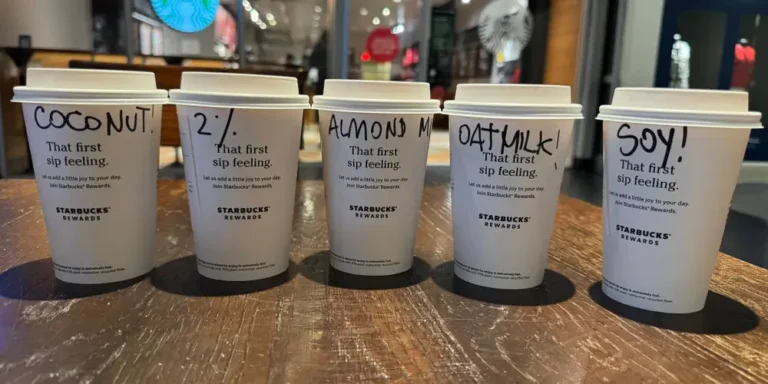I compared ice cream, soft serve, frozen yogurt, and frozen custard to see how different they actually are
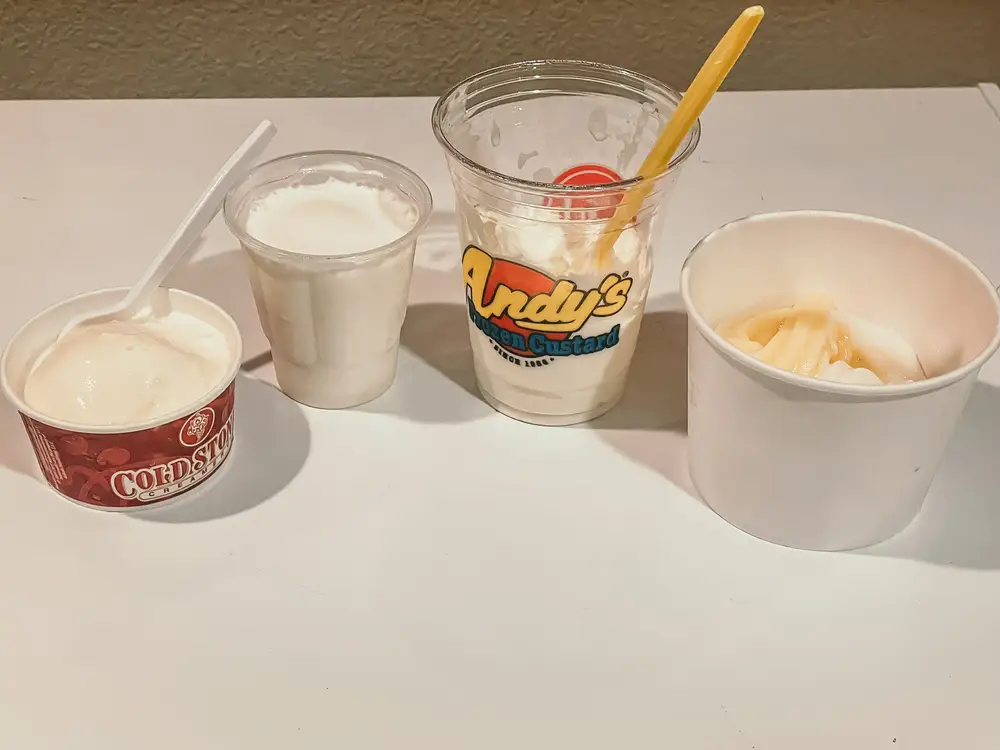
I ordered vanilla ice cream, soft serve, frozen custard, and frozen yogurt to compare the treats.
When the weather is nice, nothing beats a frozen treat after a long day of work or school.
Everyone has their preferences, but I still don’t really know what distinguishes ice cream from soft serve, frozen yogurt, or frozen custard.
Curiosity mounting, I did a little research. Then, I went to well-known spots for each dessert and ordered a cup of vanilla to taste-test them for myself.
Here’s what went down.
I dipped into Cold Stone Creamery for a scoop of ice cream.
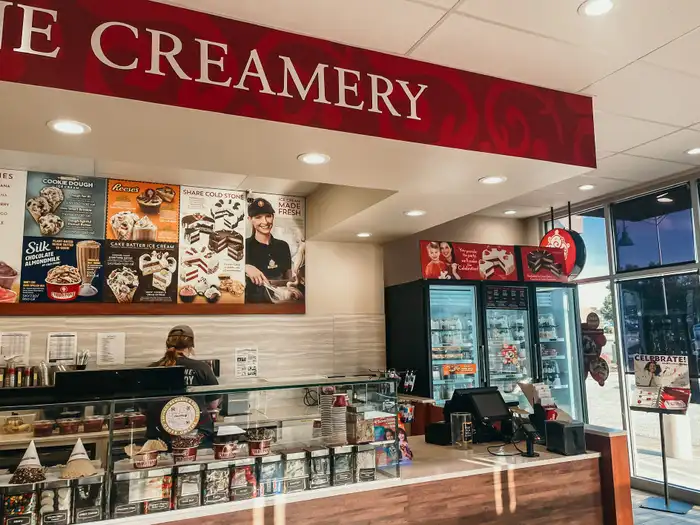
Cold Stone is known for its toppings, but I ordered a plain vanilla.
The US FDA actually has a legal definition for ice cream. In the most basic terms, it must have at least 10% milk fat, which is higher than most frozen desserts.
It’s also homogenized, pasteurized, and aged before freezing.
Cold Stone Creamery, one of my go-to shops, is delicious, but the menu can be overwhelming. It was a bit of a relief to walk in and ask for a plain vanilla.
My 5-ounce “Like It” scoop cost $6.86, or about $1.37 an ounce. But for comparison purposes, it’s important to note that I could’ve added any toppings I wanted for that price.
My scoop of ice cream had the most natural vanilla flavor.
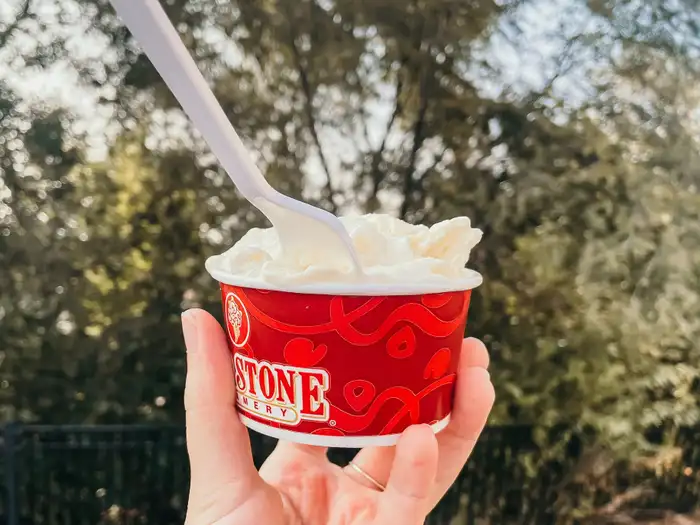
Ice cream has higher milk-fat levels than other frozen desserts.
When I went to scoop my first bite, my ice cream faithfully clung to the spoon, but it melted quickly in my mouth.
I liked its denser texture, and I think the flavor tasted the most like natural vanilla bean.
The ice cream also maintained its original flavor and texture longer than any of the other desserts — even after melting and refreezing.
Burger King was my spot for soft serve.
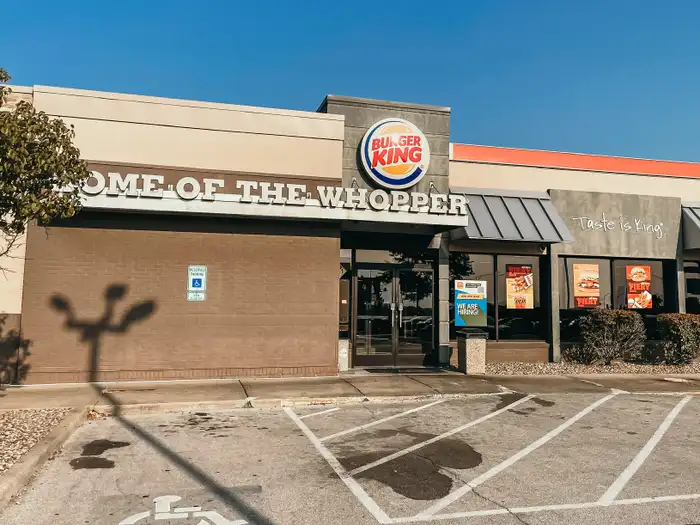
Burger King was my second choice for fast-food soft serve, but it worked.
As the name may suggest, soft serve refers to how something is served, not how it’s made. Because of that, unlike ice cream, there isn’t necessarily a strict definition.
“Soft serve, believe it or not, is actually a term that describes the product itself,” ice-cream scientist Maya Warren said in a 2020 interview. “It’s served soft.”
She added that it can be made with ice milk or ice cream and still be considered soft serve because the texture has more to do with the freezing process. In many cases, though, soft serve is made with less than 10% milk fat, so that’s why it can’t always be considered ice cream.
I think the best soft serve comes from burger restaurants. I had a feeling McDonald’s soft-serve machine wouldn’t be working — it wasn’t — so I went to Burger King for the swirly dessert.
My small soft-serve cost $1.11 for about 4 ounces, or $0.28 cents an ounce.
It was incredibly light and refreshing, but it didn’t pack much flavor.
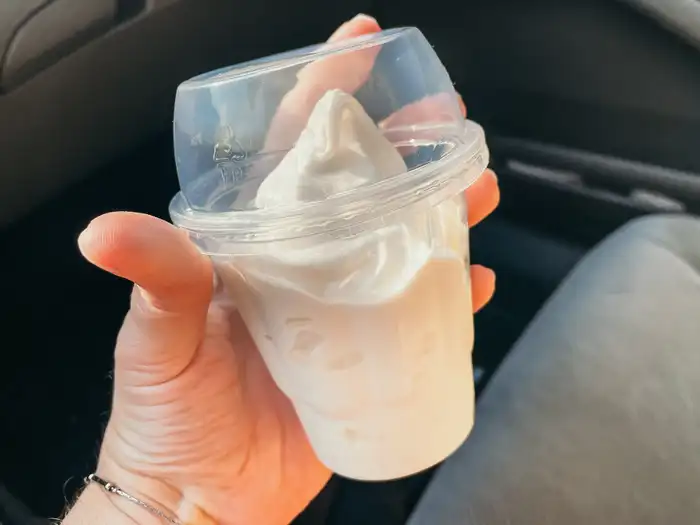
For some reason, I found the soft serve a little lighter in flavor.
The soft serve was certainly the lightest of the treats I tried, but it still had something to it.
I would consider it more of a palate cleanser than a full dessert because the flavor wasn’t very strong. If I had to guess, I’d say this had significantly less milk fat than ice cream.
I self-served at Yogurtini.
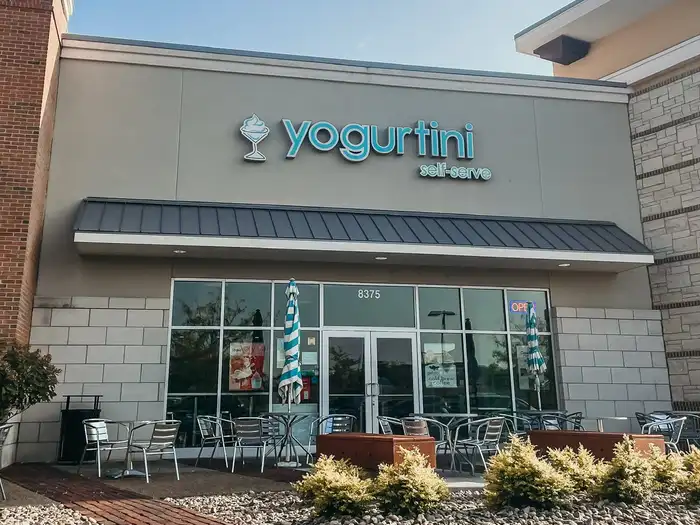
Yogurtini is a self-serve frozen-yogurt chain.
The biggest difference between frozen yogurt and the other desserts is right in its name: It’s made with yogurt instead of regular milk fat. The fermented dairy product’s live cultures contain lactic acid, which gives it a tangier flavor.
Although it is often thought to be healthier than regular ice cream — and it does contain less fat in some instances — that completely depends on the individual recipe.
I like the fun, colorful designs of Yogurtini’s frozen-yogurt shops, so I stopped there for that dessert.
Like many similar chains, Yogurtini is self-serve. It charges about $0.75 to $0.82 an ounce, depending on which location you visit.
The creamy treat was dense and delightful.

I couldn’t stop myself from adding a bit of each of the chain’s vanilla flavors to my cup.
There were a lot of flavor options at Yogurtini, so I ended up trying the country vanilla and the creamy vanilla made with almond milk.
I thought it would be fun to see how the lactose-free treat compared to the real deal. Despite being different colors, though, the texture and flavor were almost identical.
Regardless, the frozen yogurt was dense and delightful. But unlike ice cream, I wouldn’t want to refreeze and eat it — the texture becomes almost like a slushy.
Andy’s Frozen Custard is nostalgic for me.

Andy’s is a big chain in the Midwest.
Like ice cream, the FDA says frozen custard must contain 10% milk fat, but it also has to be made with at least 1.4% egg yolk.
Some ice creams also contain eggs, but it’s not a requirement.
The egg yolks help the dessert stay frozen longer, which allows it to be served at a warmer temperature.
Andy’s is a Midwest staple I grew up going to that churns out fresh custard on-site.
My small, 4-ounce cup of vanilla cost $3.94, or $0.98 an ounce.
This was the smoothest dessert by far.
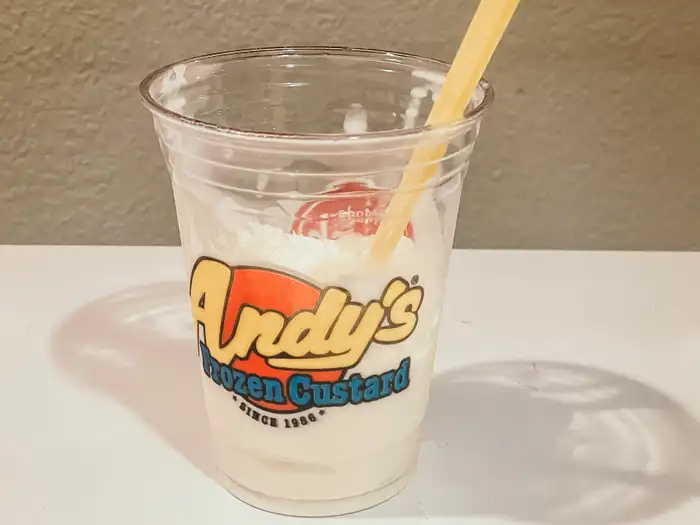
I love how smooth frozen custard is, especially at Andy’s.
This custard was so creamy and smooth — there was no grit or iciness to it whatsoever.
The flavor of the shop’s vanilla is more buttery than other frozen desserts, maybe because of the egg yolks. I also think it was a little richer.
Nothing beats plain old ice cream.

Ice cream came out on top in this taste test.
Although I love a thick, creamy cup of custard, the regular ice cream was the most decadent and filling of the four.
There’s also something to say about a dessert that can be saved for later — after melting and refreezing my scoop from Cold Stone, the flavor and texture remained intact.
All of these treats have their time and place and are good in their own right, but sometimes, a classic is a classic for a reason.

